
What are the 5 steps to train a dog?
Training a dog isn't just about teaching tricks—it's the key to building a harmonious life together. Whether you're a new puppy parent or adopting an adult dog,
Welcoming a new puppy into your home is a joyous occasion, but along with the cuddles and playtime comes an important question: What age is best to socialize a puppy? As a new dog owner in the U.S., understanding the optimal timing for socialization can make a world of difference in your puppy’s development.
Puppies have a crucial socialization period that’s deeply rooted in their behavioral development. This sensitive phase typically spans from 3 to 14 weeks of age. During this time, their brains are like sponges, rapidly absorbing information about the world around them. It’s a biological window where positive experiences shape their future reactions to various stimuli. For example, a Beagle puppy named Daisy who met different people, explored new places, and interacted with other animals during this period grew into an incredibly confident and friendly adult dog. Miss this window, and puppies may develop fear, anxiety, or aggression towards unfamiliar situations later on.
The sweet spot to start socializing your puppy is usually when you first bring them home, around 8 - 9 weeks old. Begin slowly, introducing them to family members in a calm environment. Let them sniff around different rooms in your house under supervision. As they get more comfortable, expand their horizons. Take them on short walks in your neighborhood (ensuring they’ve had the necessary vaccinations first). Introduce them to friendly neighbors, and arrange playdates with other well - behaved dogs. But always keep these interactions controlled and safe.
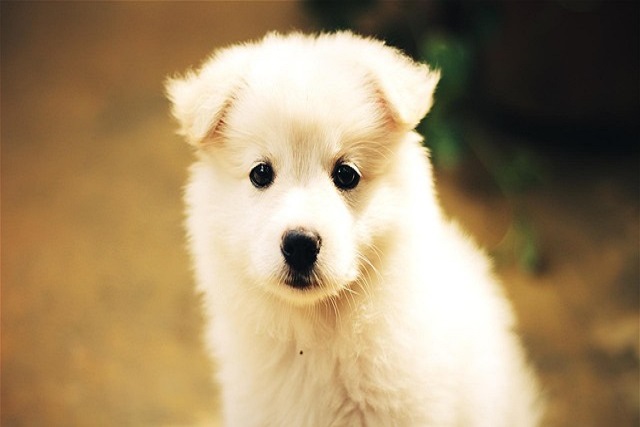
When socializing, positive reinforcement is key. Reward your puppy with treats, gentle praise, and lots of affection whenever they approach new situations with curiosity rather than fear. For instance, if they calmly meet a new person, immediately offer a small treat. Avoid overwhelming them. If your puppy seems hesitant around a noisy street, don’t force the interaction; try again another day.
In the U.S., responsible pet ownership goes hand - in - hand with socialization. Make sure your puppy’s vaccinations are up - to - date, as required by state laws. Vaccinations protect your puppy from diseases, especially when they’re out meeting other animals and people. When you take your puppy out in public, whether it’s a park or a sidewalk, always clean up after them. Failing to do so can result in fines, and it’s essential for maintaining a clean environment.
For apartment dwellers, socialization might need some creativity. You can invite friends over to your home to expose your puppy to new faces. Or, take them to pet - friendly stores where they can experience different sights and smells. When walking your puppy in the community, follow local leash laws and be respectful of other pedestrians and their pets. And remember, never use punishment during socialization. Harsh treatment can create fear and undo all the progress you’ve made.
In conclusion, the ideal age to socialize a puppy is during those early weeks of their life. By grasping the significance of this period, applying proper socialization techniques, and fulfilling your responsibilities as a pet owner, you can help your puppy grow into a well - adjusted and sociable companion.

Training a dog isn't just about teaching tricks—it's the key to building a harmonious life together. Whether you're a new puppy parent or adopting an adult dog,
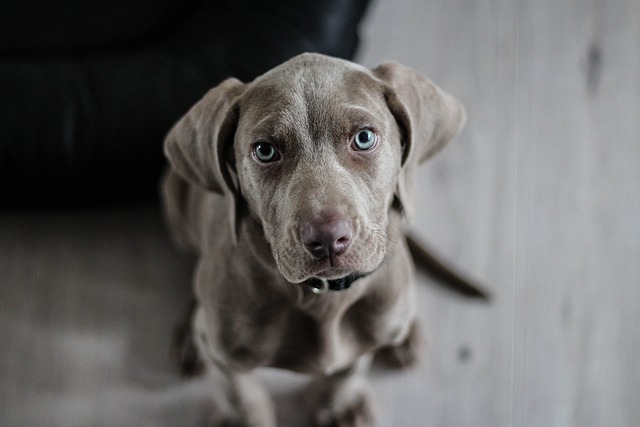
Imagine watching your dog’s ears perk up as they catch a whiff of something exciting. If you’re planning to start scent training your furry friend, you’ve probably wondered
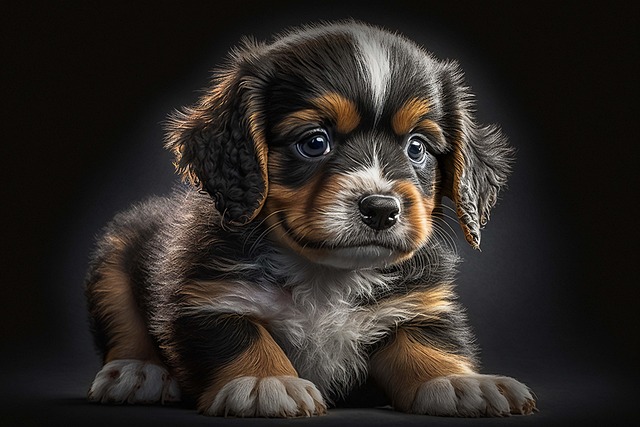
Picture your eight-week-old Labrador, Luna, discovering a dropped blueberry under your Boston kitchen table—her entire body wiggles with nose-driven joy.
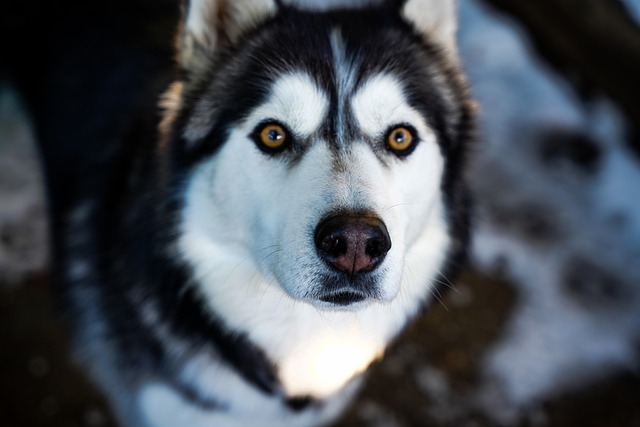
Picture this: You’re welcoming guests into your Seattle apartment when your exuberant Labrador, Buddy, launches himself onto your aunt’s cream sweater—paws first.
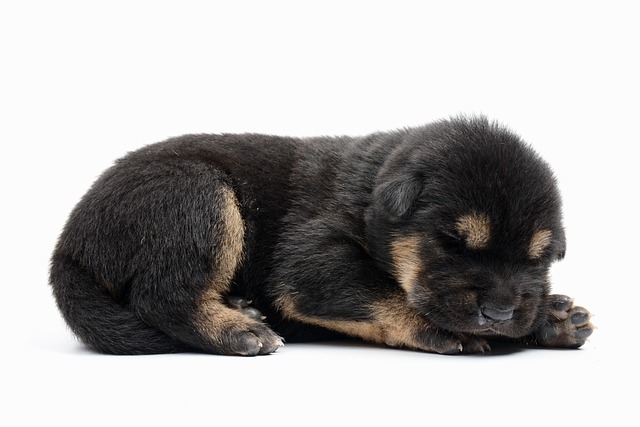
Watching your dog trot back with a ball or newspaper in their mouth is a classic canine sight—and a skill you can teach with patience and play.
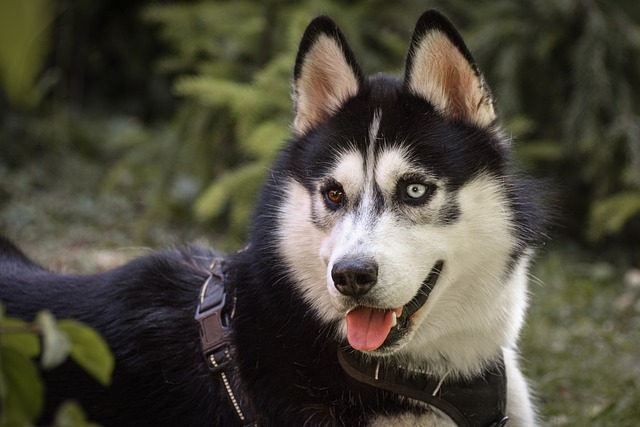
Picture this: You’re out for a morning walk with your dog, and suddenly, they bare their teeth and lunge at a jogger. It’s a heart-stopping moment